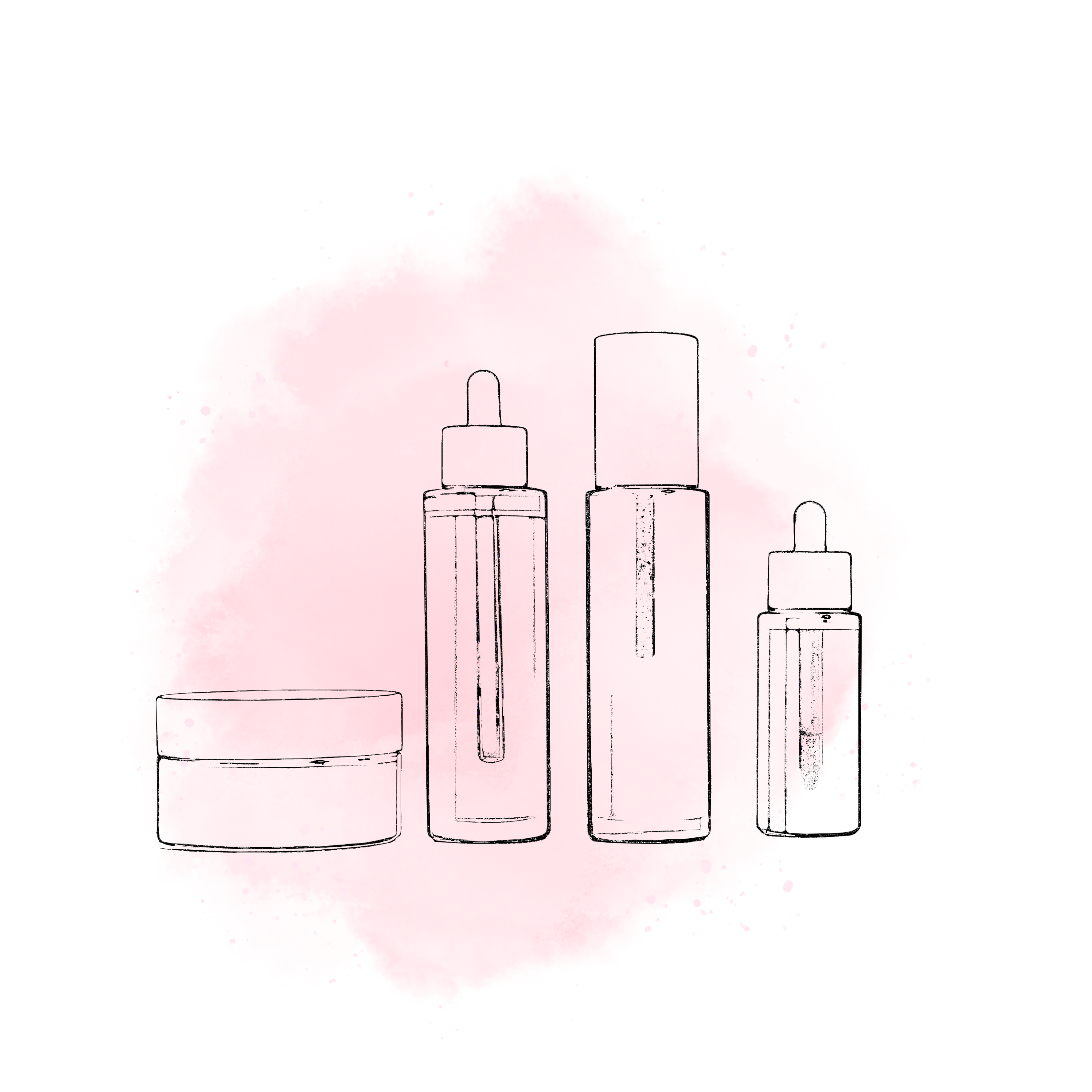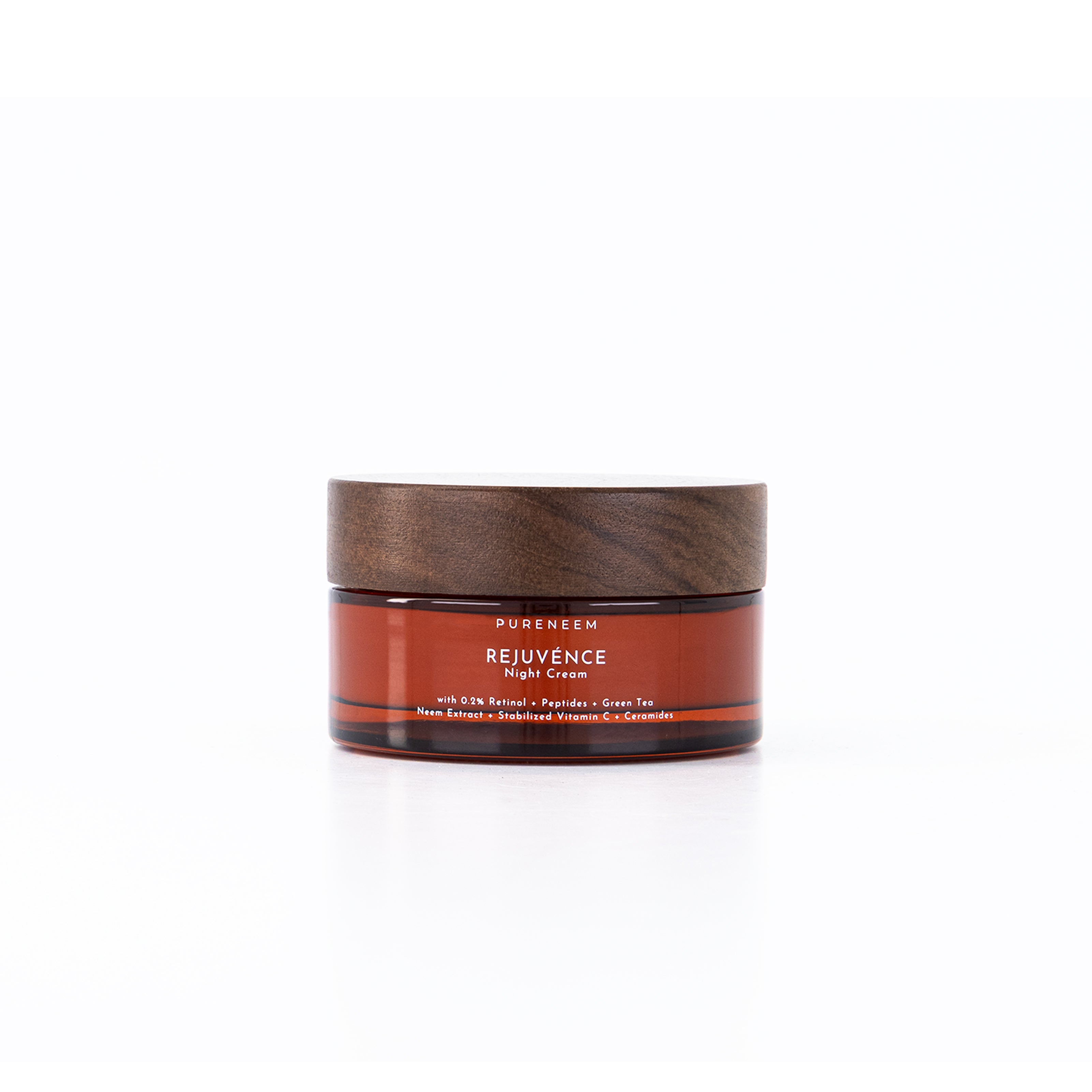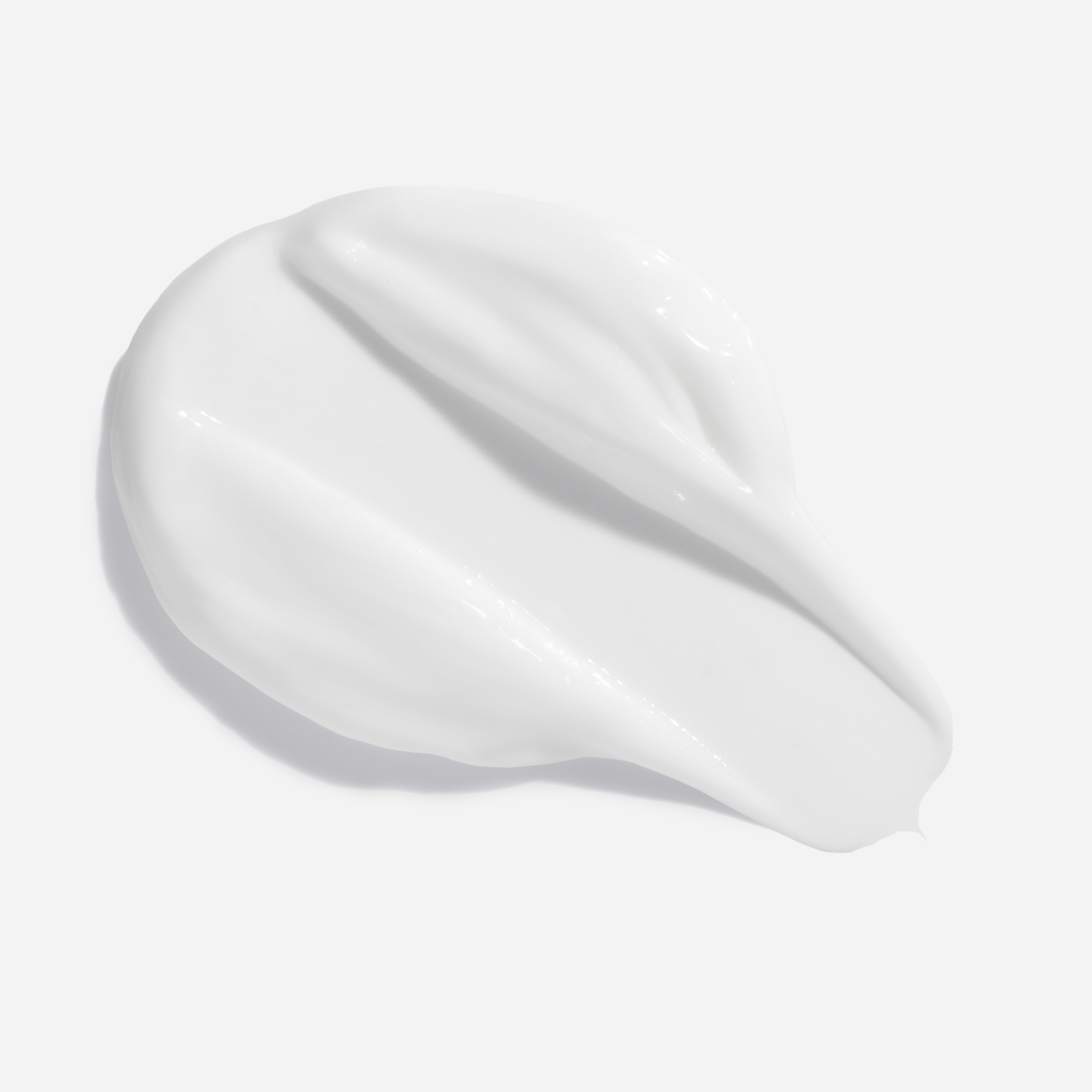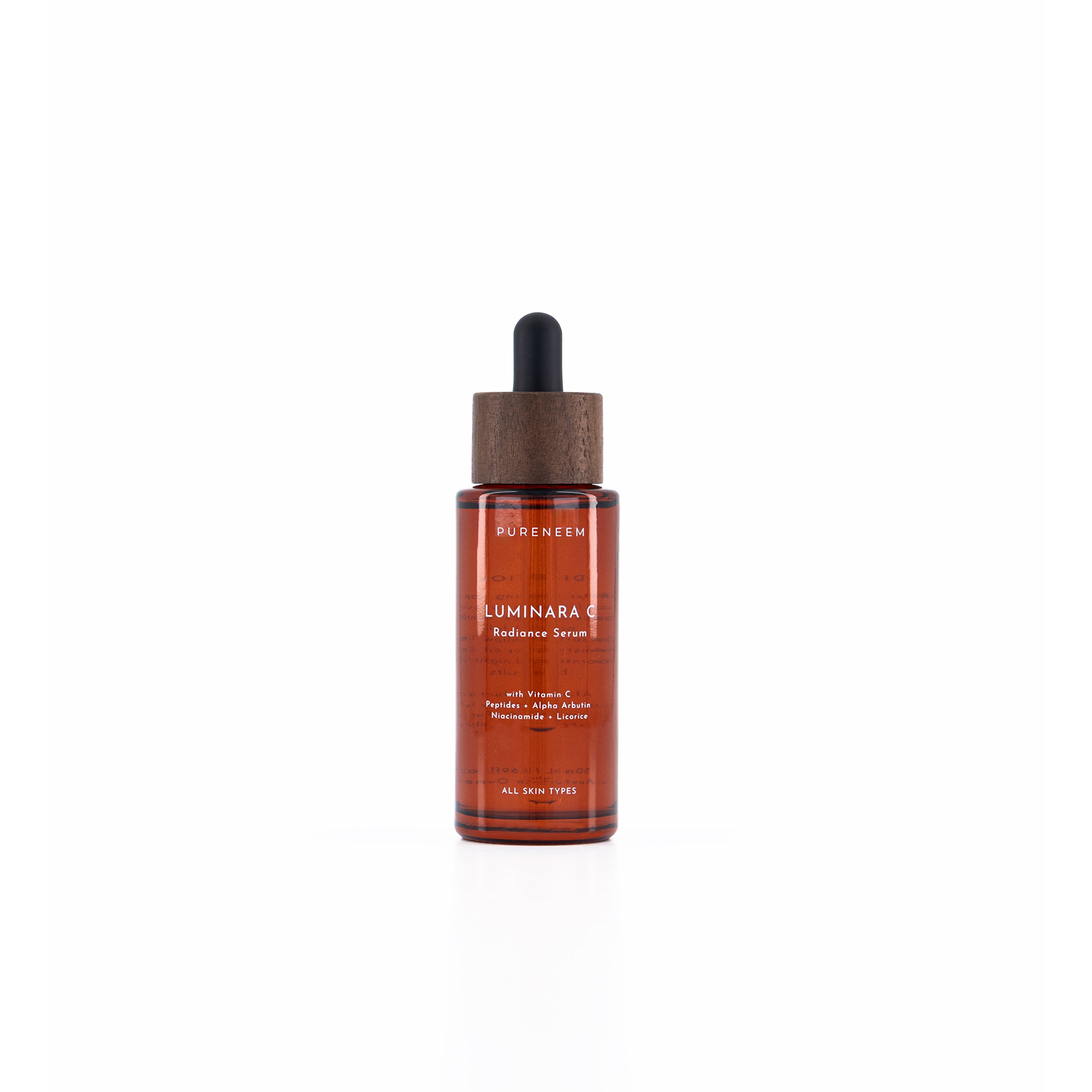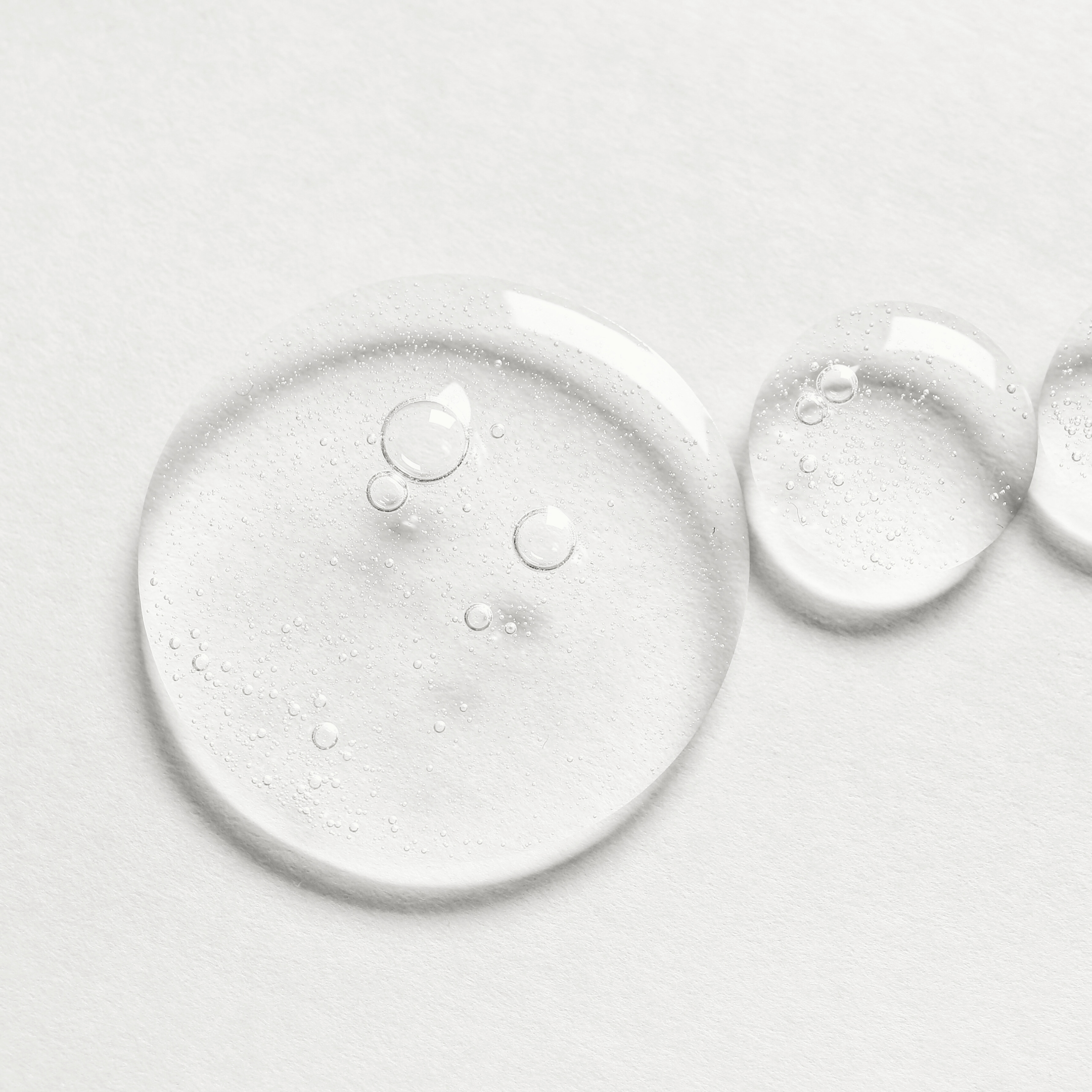Date: 15/07/2025
Ethyl Ascorbic Acid: The Future-Proof Vitamin C for Radiant Skin
Among the many forms of vitamin C used in skincare, ethyl ascorbic acid stands out as a modern marvel—combining stability, potency, and deep skin compatibility. This next-generation derivative offers all the brightening, firming, and protective benefits of traditional ascorbic acid but without the drawbacks of oxidation and irritation. It's one of the smartest choices in intelligent skincare today.

What Is Ethyl Ascorbic Acid?
Ethyl ascorbic acid is a stable, water- and oil-soluble form of vitamin C, made by adding an ethyl group to the third carbon position of ascorbic acid. This small chemical modification dramatically improves its stability and penetration, allowing it to remain potent in formulations longer and absorb more effectively into the skin (Takeda, 2009).
Unlike pure L-ascorbic acid, which is notoriously unstable and prone to rapid degradation upon exposure to light, air, or heat, ethyl ascorbic acid resists oxidation and maintains efficacy for a longer shelf life—without compromising its skin-brightening power (Nishikata et al., 2011).

Skin Benefits and Mechanisms
Once inside the skin, ethyl ascorbic acid is enzymatically converted into active vitamin C, offering a host of clinically backed benefits. It inhibits tyrosinase activity, thereby reducing melanin synthesis and minimizing hyperpigmentation, dark spots, and uneven skin tone (Heinemann et al., 2015). It also stimulates collagen production, improving skin firmness and elasticity, and acts as a powerful antioxidant, neutralizing free radicals that cause premature aging (Zhao et al., 2013).
Moreover, its superior skin penetration gives it an edge in treating deeper-layer skin concerns, delivering visible radiance and a more even complexion without causing irritation, even for sensitive skin types (Tanaka et al., 2013).
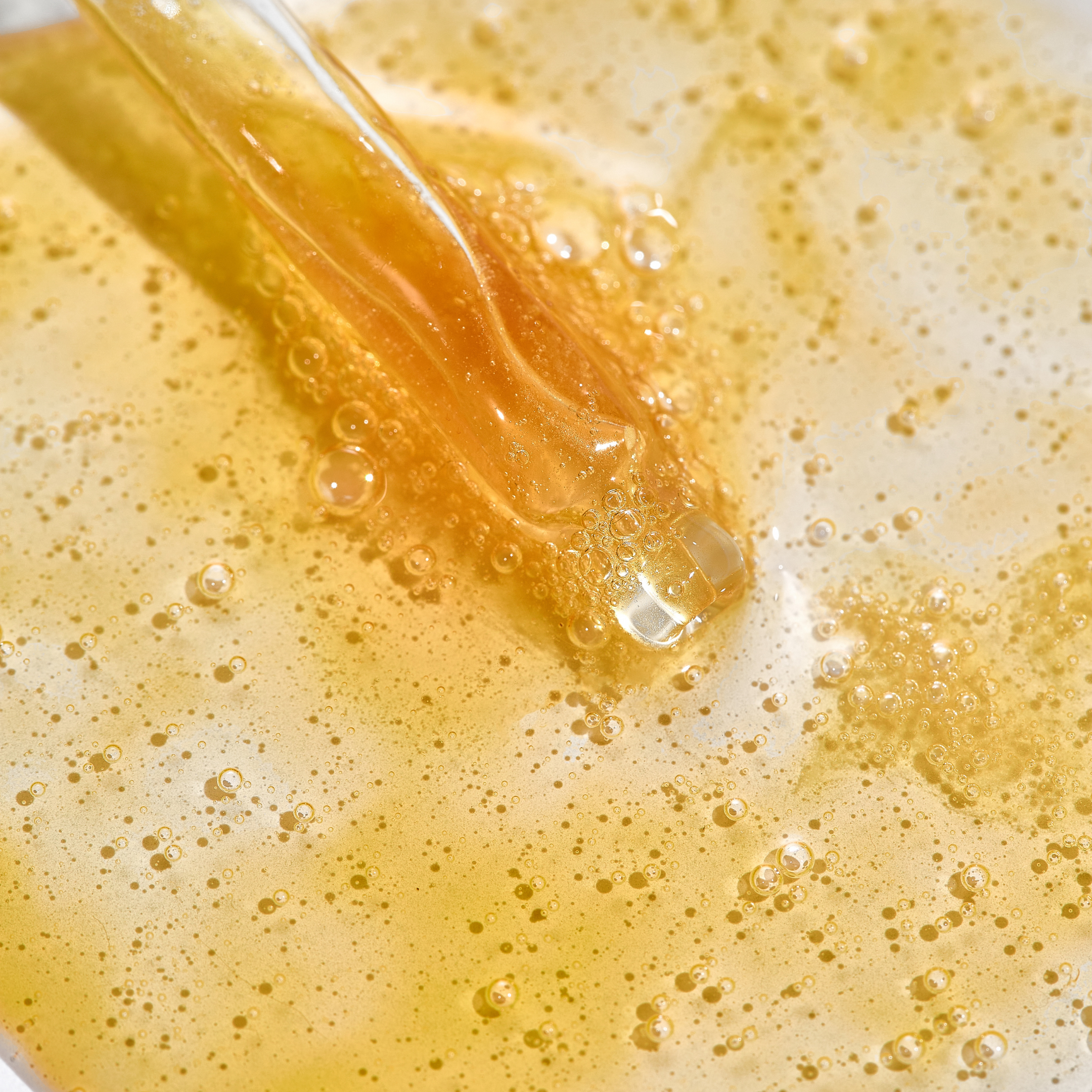
Stability, Compatibility, and Formulation
Formulators often struggle with L-ascorbic acid due to its high reactivity and need for a low-pH environment. Ethyl ascorbic acid solves both problems. It’s highly stable, effective across a wider pH range, and compatible with other key actives such as hyaluronic acid, ferulic acid, peptides, and niacinamide. This makes it an ideal choice for layered routines and multifunctional products.
Its dual solubility (both water and oil) allows for flexible formulation, enabling deeper absorption and longer-lasting efficacy in serums, creams, and even toners.
PureNeem’s Use of Ethyl Ascorbic Acid
At PureNeem, we chose ethyl ascorbic acid not only for its technical superiority but also for its exceptional compatibility with both traditional Ayurvedic actives and modern dermatological ingredients. In our Luminara C Radiance Serum and Rejuvence Night Cream, ethyl ascorbic acid works alongside botanical extracts, peptides, and skin-replenishing nutrients to brighten dull skin, fade dark spots, and support collagen regeneration. Our intelligent formulation ensures you experience all the radiance and protective benefits of vitamin C—without the irritation or instability.
Ethyl Ascorbic Acid Charged Formulations
References
- Takeda Pharmaceuticals. (2009). Technical data on ethyl ascorbic acid: Stability and efficacy profile.
- Nishikata, M., Saito, R., & Iizuka, H. (2011). The effectiveness of ethyl ascorbic acid in improving hyperpigmentation. Journal of Cosmetic Dermatology, 10(3), 193–200.
- Heinemann, C., Stahl, W., & Sies, H. (2015). Vitamin C and skin aging: Antioxidant protection and collagen support. International Journal of Cosmetic Science, 37(2), 123–130.
- Zhao, L., Jin, Y., Xu, K., & Xu, Y. (2013). Ethyl ascorbic acid promotes collagen synthesis via TGF-β pathway activation. Experimental Dermatology, 22(7), 470–475.
- Tanaka, M., Kinoshita, M., & Yamamoto, T. (2013). Comparative study of skin absorption of vitamin C derivatives. Journal of Dermatological Science, 72(2), 122–129.

